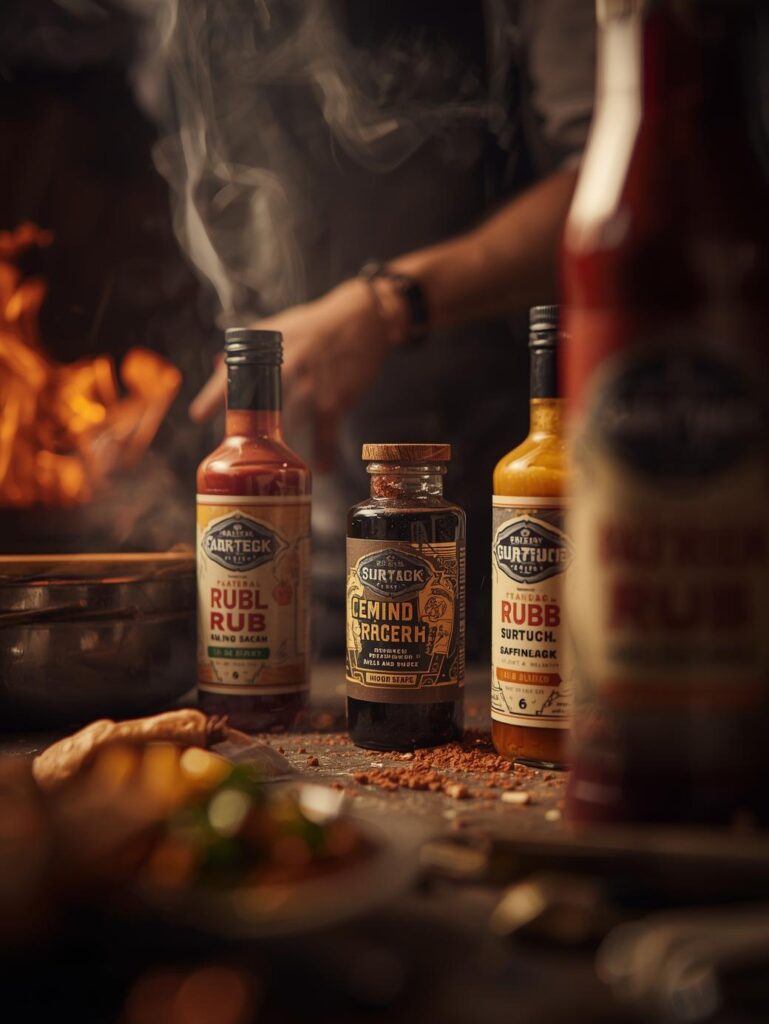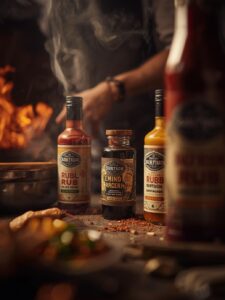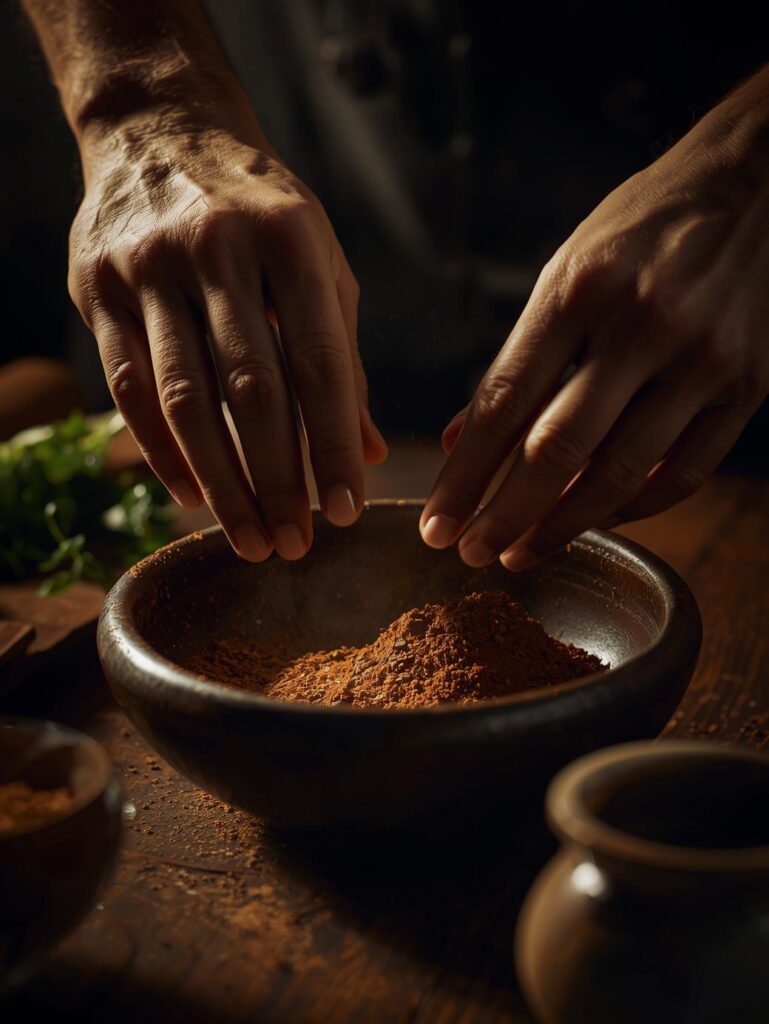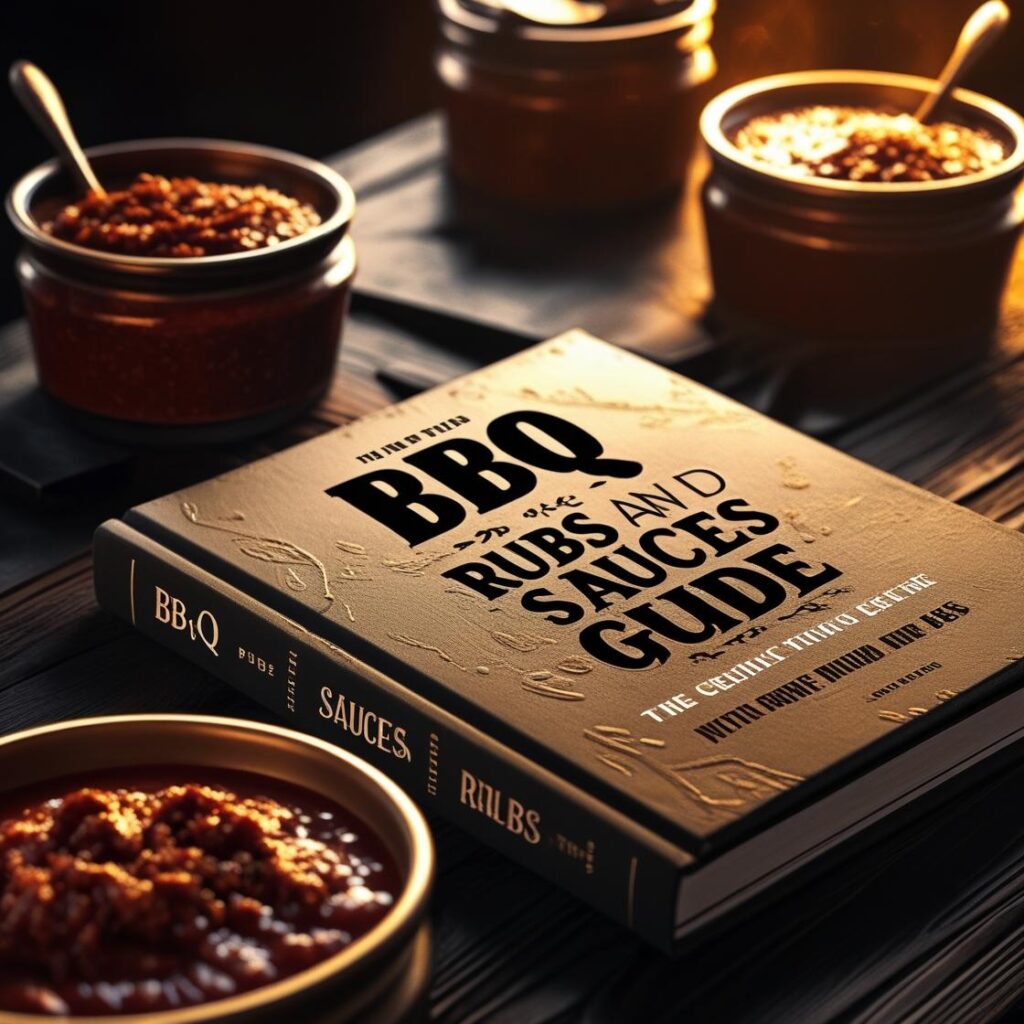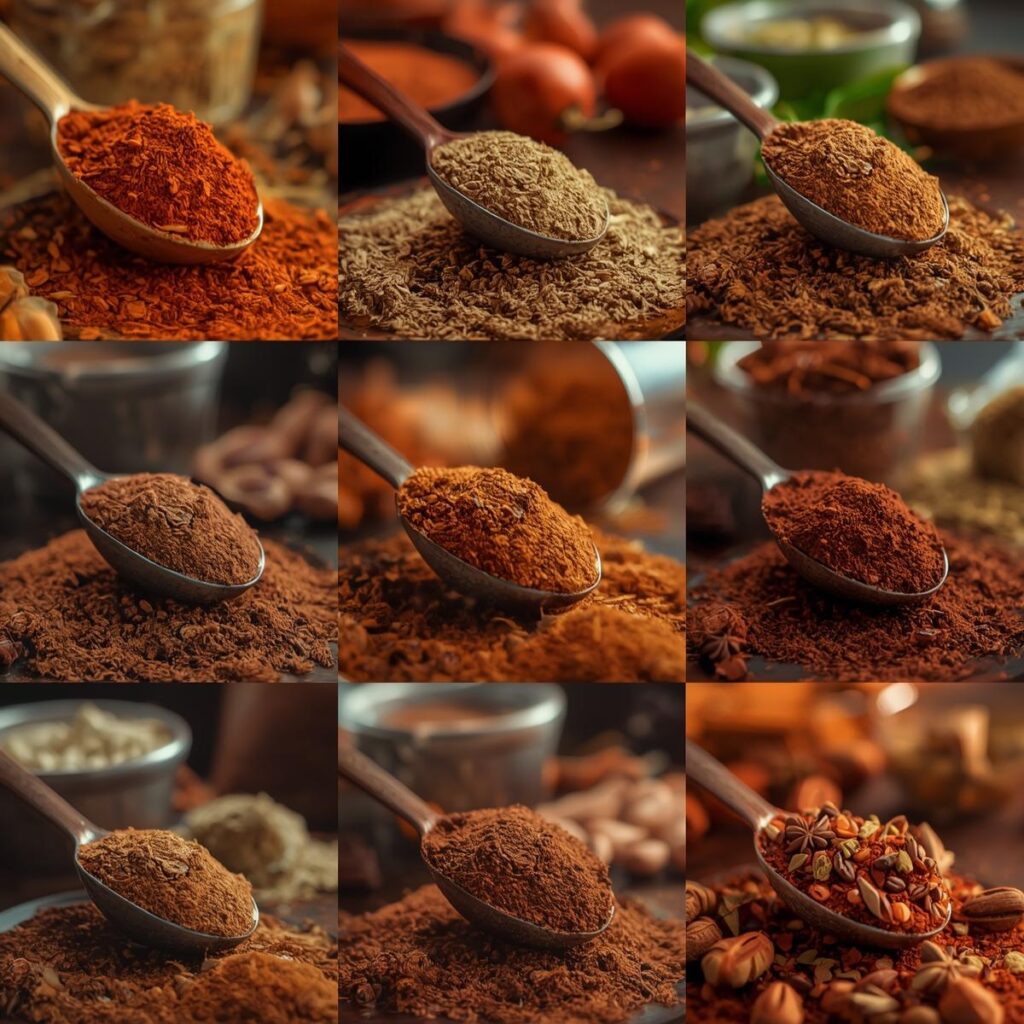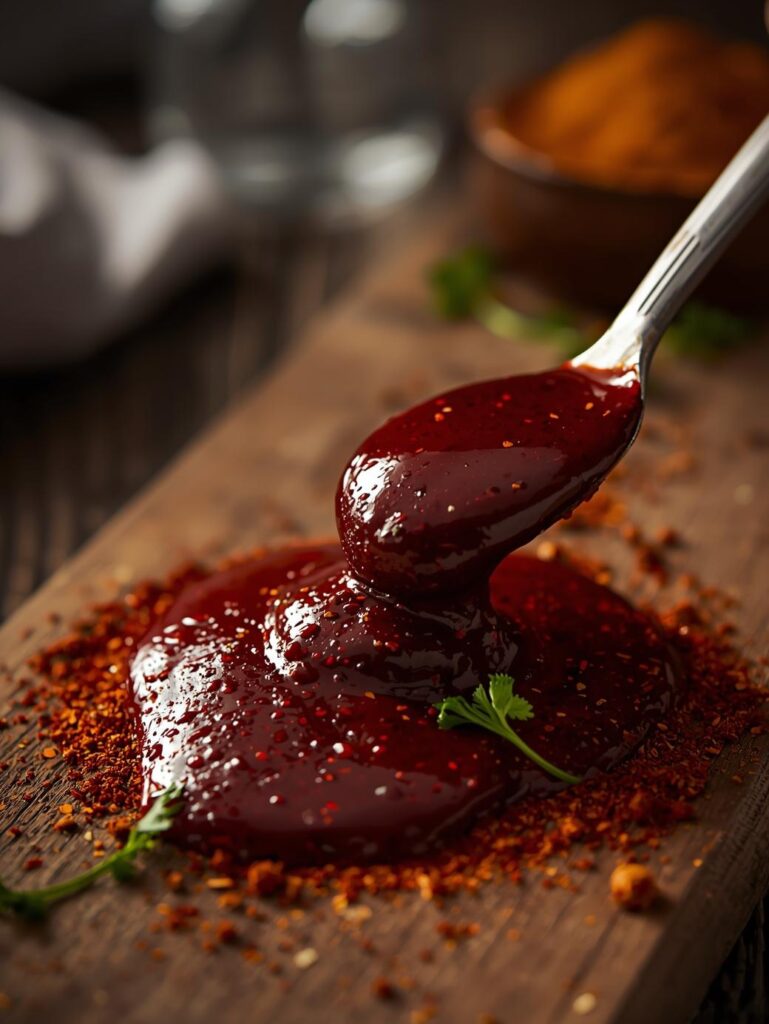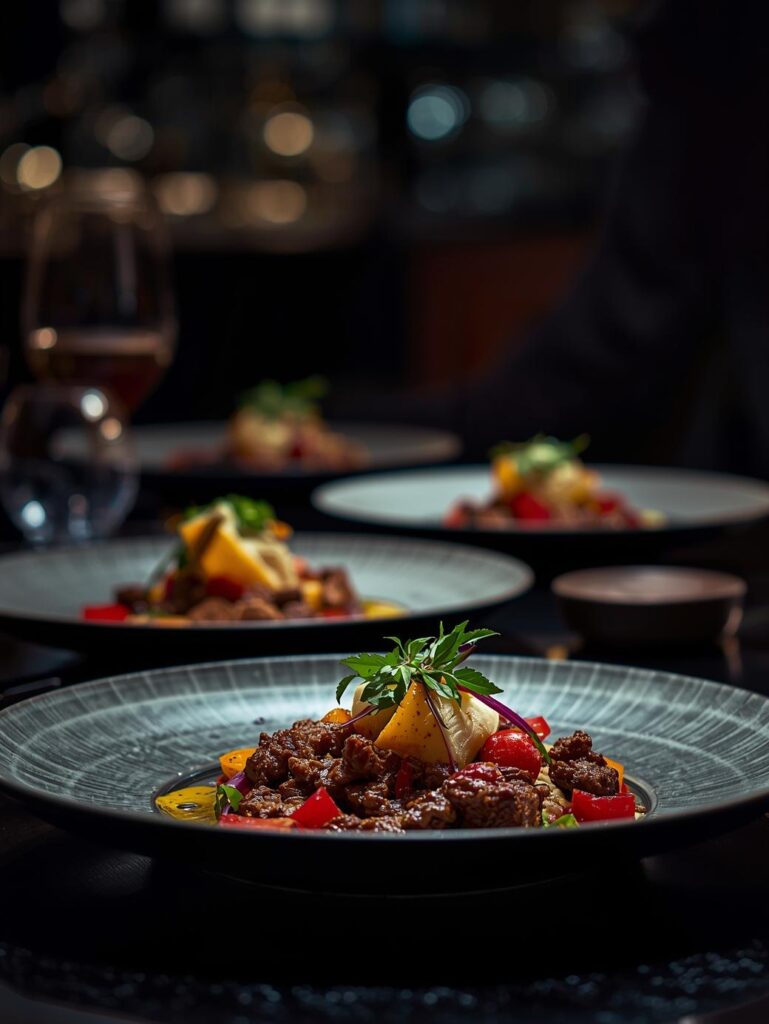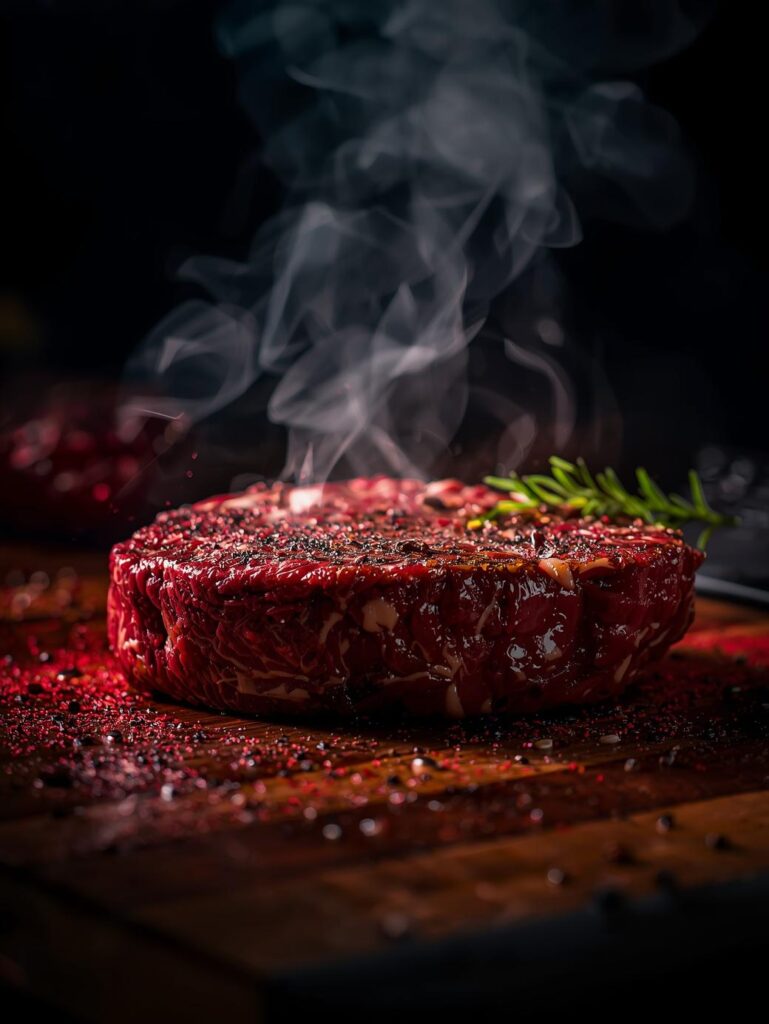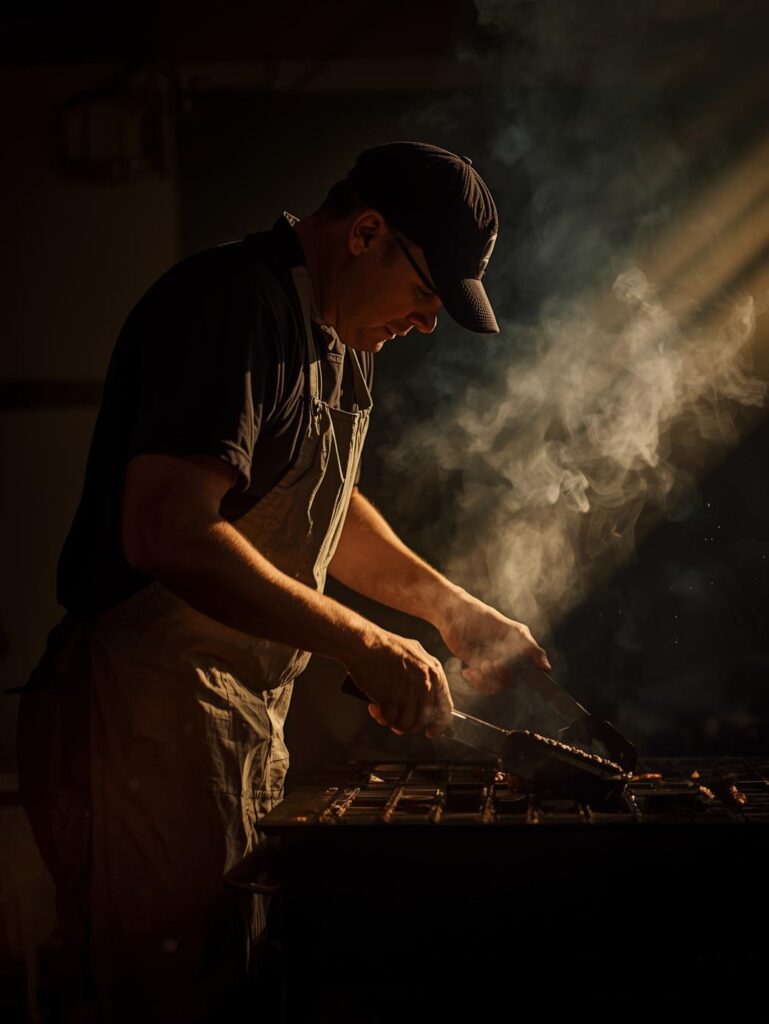Pitmaster’s Note: This guide bridges the gap between backyard mastery and commercial craftsmanship. Your rub and sauce lines aren’t just recipes—they’re your flavor fingerprint on the BBQ world. Whether you’re building a competition reputation, starting a small business, or simply wanting to leave your mark at family gatherings, creating signature products transforms you from someone who cooks to someone who creates. Forget generic store-bought blends; this is about developing flavors that make people ask, “What’s your secret?”
Creating Signature Rub and Sauce Lines: The Ultimate Guide to Building Your BBQ Brand Identity
“Your signature rub should be as recognizable as your handshake. Your flagship sauce should tell a story before it ever touches the meat. This isn’t about finding one perfect recipe—it’s about creating a cohesive flavor family where each product has its own personality while still carrying the DNA of your brand. The goal isn’t to please everyone; it’s to create something that certain people can’t live without.”
Creating Signature Rub and Sauce Lines: The Ultimate Guide to Building Your BBQ Brand Identity
Download Your Free Rub & Sauce Development Worksheet
Welcome to the art of flavor architecture, where spices become your building blocks and sauces become your signature. While most pitmasters stop at tweaking existing recipes, true masters develop their own complete flavor systems. This guide will transform you from recipe follower to flavor creator, teaching you how to build cohesive rub and sauce lines that work together, tell your story, and make your BBQ unmistakably yours.
🎯 THE FLAVOR PHILOSOPHY: BUILDING YOUR BRAND’S DNA
Before you measure a single spice, you must define what makes your flavors unique.
⚙️ The Three Pillars of Signature Flavor Development
The Foundation of Memorable Flavors
- Flavor Signature: Every great rub or sauce line has a recognizable thread—maybe it’s the smokiness of chipotle, the warmth of Vietnamese cinnamon, or the brightness of lemon peel. This signature should be subtle but detectable across your entire product line.
- Purpose-Driven Formulation: Each product should solve a specific problem. Your beef rub should enhance, not mask, quality meat. Your pork rub should complement sweetness. Your chicken rub should penetrate delicate flesh. Learn the science in our How to Season Meat Guide.
- Cohesive Progression: Your products should work together like chapters in a book. A customer should be able to use your beef rub, then add your signature sauce, and experience a harmonious flavor journey rather than a confusing clash.
🎯 Commercial vs. Backyard Philosophy
🏪 Commercial Products
- Mass appeal formulas
- Consistency above uniqueness
- Extended shelf life focus
- Cost-effective ingredients
- Broad flavor profiles
- Stable across temperatures
🔥 Signature Craft Lines
- Distinctive, personal flavors
- Uniqueness above mass appeal
- Fresh, high-quality ingredients
- Purpose-driven formulations
- Specific meat pairings
- Evolution and refinement
🔪 THE RUB DEVELOPMENT MASTERCLASS
Building your rub line starts with understanding the architecture of dry ingredients.
🗣️ The Four Components of Every Great Rub
The Building Blocks of Flavor
- Base (50-70%): Salt and sugar form your foundation. Kosher salt for clean flavor, turbinado sugar for caramelization. The ratio determines your profile—savory vs. sweet-forward.
- Spice Foundation (20-35%): Paprika (color and sweetness), black pepper (heat), garlic and onion powder (savory depth). This creates your recognizable flavor profile.
- Signature Elements (5-15%): What makes it yours. Chipotle powder, espresso, citrus zest, specialty peppers. This is where your brand identity lives.
- Finishing Touches (1-3%): Herbs and delicate spices that add complexity without overpowering. Oregano, thyme, mustard powder, celery seed.
📊 The Signature Rub Line Matrix
🎯 Building Your Core Product Line
| Rub Type | Base Ratio | Signature Elements | Best For | Branding Vibe |
|---|---|---|---|---|
| All-Purpose Hero | Balanced salt/sugar | Garlic, onion, mild paprika | Everything rub, gateway product | 🏠 Reliable & Versatile |
| Beef Specialist | Salt-forward, less sugar | Coffee, ancho chili, cumin | Steaks, brisket, beef ribs | 🥩 Bold & Smoky |
| Pork Perfector | Sugar-forward balanced | Brown sugar, apple powder, sage | Pork shoulder, ribs, chops | 🐖 Sweet & Savory |
| Poultry Pro | Herb-forward, light salt | Lemon zest, thyme, white pepper | Chicken, turkey, game birds | 🍋 Bright & Herbal |
| Specialty Heat | Variable base | Ghost pepper, habanero, chili blend | Heat lovers, wings, finishing | 🔥 Bold & Adventurous |
🔥 THE SAUCE LINE DEVELOPMENT
Sauces complete your flavor story and create memorable finishing touches.
🎪 Building Your Sauce Portfolio
The Four Essential Sauce Styles
- Tomato-Based Foundation: Your flagship sauce. Whether Kansas City sweet or Texas spicy, this should be your most balanced, versatile offering. Master the base in our KC-Style Sauce Guide.
- Vinegar-Based Counterpoint: The perfect balance to rich meats. Carolina-style tang or Alabama white sauce variations. These should be bright, acidic, and cutting.
- Specialty Regional: Show your range with a mustard-based Carolina Gold, Mexican-inspired adobo, or Asian-fusion glaze.
- Finishing Sauce: Thin, flavorful sauces for spraying, mopping, or final glazing. These often bridge the gap between your rub and main sauce.
🛠️ Sauce Consistency & Application
Texture Matters as Much as Flavor
- Brushing Sauce: Thicker consistency, sticks to meat, contains some sugar for caramelization
- Mopping Sauce: Thinner, vinegar-based, used throughout cooking to keep meat moist
- Finishing Sauce: Applied after cooking, often herb-forward with minimal sugar
- Dipping Sauce: Balanced flavor that stands alone, served on the side
🍖 CREATING COHESIVE PAIRINGS: RUB + SAUCE = MAGIC
The real artistry comes when your products work together seamlessly.
🥩 Perfect Pairing Examples
Building Flavor Bridges
- Texas Beef System: Coffee-Ancho Rub + Spicy Tomato-Vinegar Sauce. The rub’s earthy notes complement the sauce’s brightness.
- Carolina Pork System: Brown Sugar-Paprika Rub + Mustard-Vinegar Sauce. The rub’s sweetness balances the sauce’s tang.
- Asian Fusion System: Ginger-Sesame Rub + Gochujang-Honey Glaze. The rub’s aroma leads into the sauce’s sweet heat.
- Mediterranean System: Lemon-Herb Rub + Tomato-Olive Finishing Sauce. The rub’s brightness enhances the sauce’s richness.
🧂 The Development Process
From Idea to Finished Product
- Start with Single Recipes: Perfect one rub and one sauce that work together before expanding your line.
- Test on Multiple Meats: Your beef rub should work on pork and chicken with minor adjustments.
- Document Everything: Weight-based measurements, ingredient sources, batch notes.
- Get Honest Feedback: Blind taste tests with both BBQ experts and casual eaters.
- Scale Gradually: Master the small batch before thinking about production.
📋 THE PRODUCT DEVELOPMENT TIMELINE
The Methodical Path to Signature Products
Research & Inspiration (Weeks 1-2)
Taste commercial products, study regional rub styles, identify gaps in the market, define your flavor philosophy.
Formula Development (Weeks 3-6)
Create base recipes, test individual components, build your signature flavor profile, document iterations.
Testing & Refinement (Weeks 7-10)
Cook with your products, gather feedback, adjust ratios, test shelf stability, perfect pairings.
Production Ready (Weeks 11-12+)
Source ingredients, develop packaging, create usage instructions, plan your launch strategy.
🚨 TROUBLESHOOTING: FIXING COMMON DEVELOPMENT ERRORS
🎯 Solving Your Rub & Sauce Problems
| Problem | Symptoms | Cause | Professional Fix |
|---|---|---|---|
| Bitter Aftertaste | Unpleasant finish, harsh notes | Burnt garlic/onion powder, stale spices | Use fresh ingredients, add paprika/sugar to balance, toasting whole spices first |
| One-Dimensional Flavor | Flat, no complexity | Missing acid, umami, or herbal notes | Add citrus powder, mushroom powder, or herb blend; layer spice types |
| Inconsistent Heat | Some batches mild, others fiery | Variable pepper potency, poor mixing | Source consistent peppers, use weight measurements, mix in stages |
| Sauce Separation | Oil/water layers, uneven texture | Poor emulsification, incorrect ratios | Use xanthan gum, mustard flour, or lecithin; proper blending technique |
🏁 LAUNCHING YOUR SIGNATURE LINE
Creating signature rub and sauce lines transforms your BBQ from a hobby into a craft. Start with one perfect rub-sauce pairing that represents your style. Test it relentlessly, serve it to critical friends, and refine it until people ask to buy it. Remember that great flavor products don’t just taste good—they tell a story, solve a problem, and create memories.
Your rub line should have a clear progression from beginner-friendly to expert-level. Your sauce line should offer complementary options rather than competing flavors. Most importantly, every product should taste unmistakably like you.
🧂 START WITH RUB DEVELOPMENT →
Build your foundation with our complete guide to creating signature rubs from scratch
Explore More Flavor Development: Deepen your understanding of BBQ flavor science.

